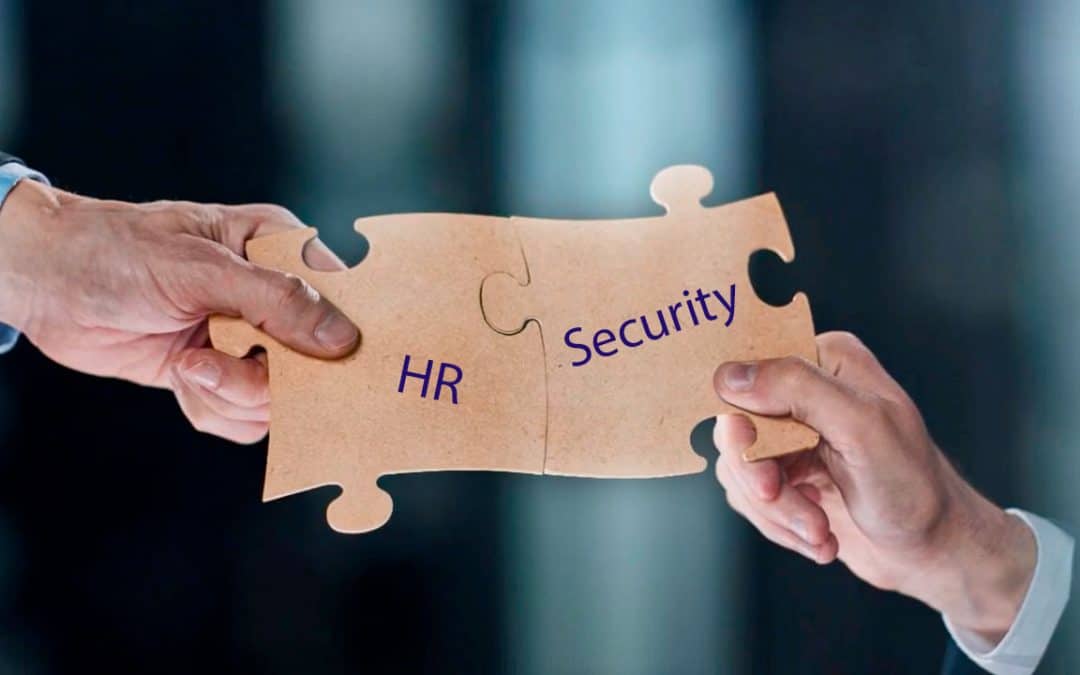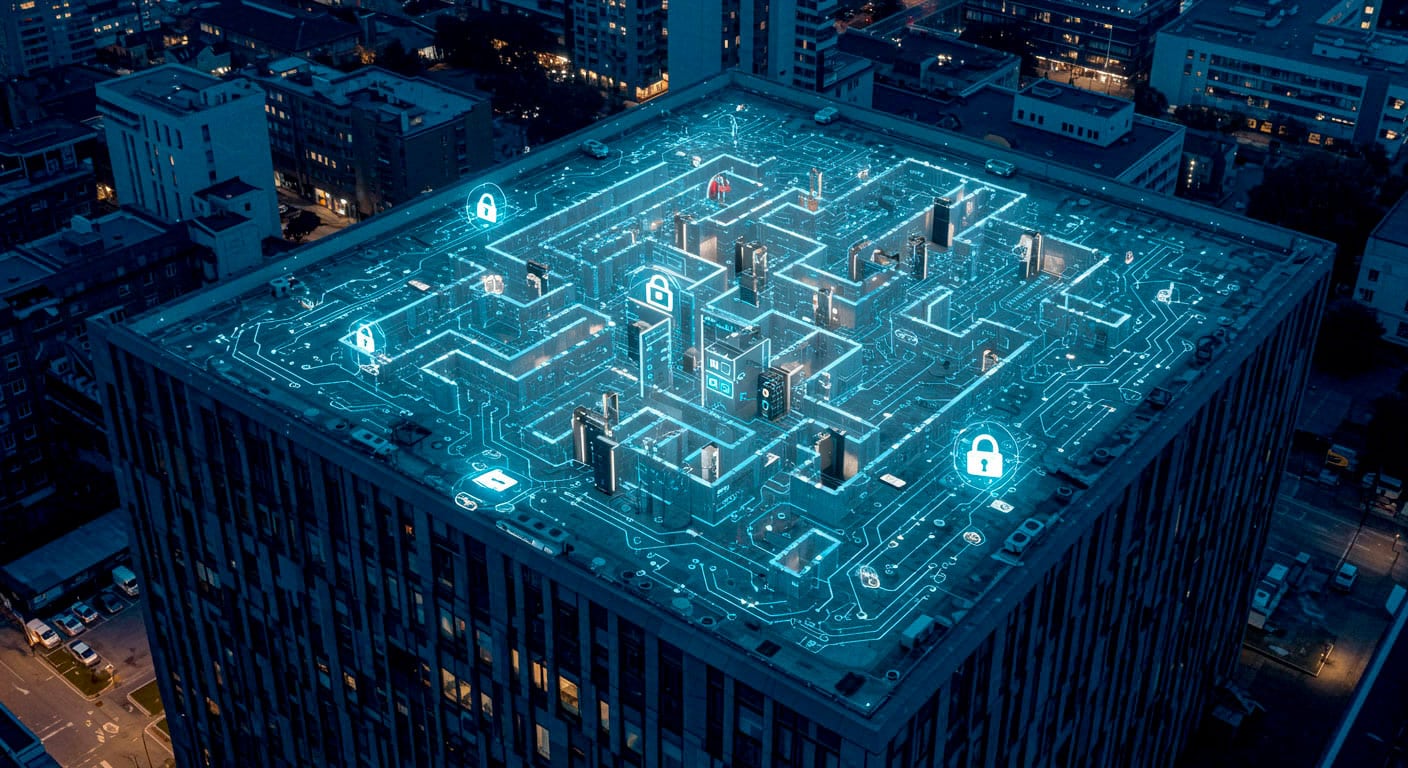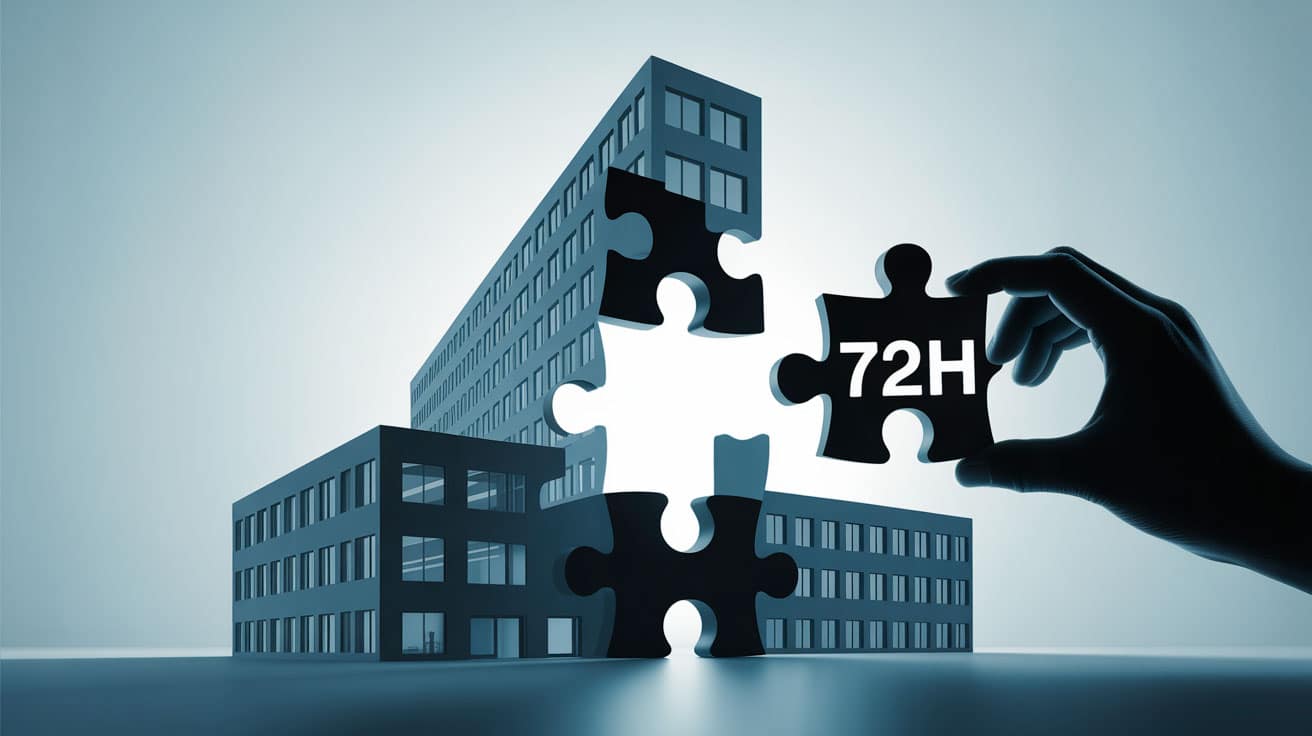The strategic role of Physical Security in internal conflict prevention
In an increasingly complex and interconnected business environment, talking about physical security no longer means only defending physical assets or monitoring access. Today, protecting an organization also means being able to pick up on hidden signs of unease, tension or potential conflict among the people who work there. And this is where HR managers and security managers need to start working side by side.
When discomfort becomes a real risk
Small incidents of ignored frustration, micro-conflicts between colleagues, misuse of leave or equipment, hostile attitudes that linger over time: these are signs that, if underestimated, can turn into real threats to the corporate environment.
It is not just about organizational well-being, but about operational safety. Corporate chronicles in recent years count numerous cases in which internal tensions have resulted in acts of retaliation, sabotage, internal theft, or abuse of information and logistics systems. In some cases, there have been physical incidents or threats to staff.
These episodes do not happen suddenly. They happen because you did not see them coming.
Collaboration between HR and Security: an indispensable alliance
For too long, the worlds of physical security and human resources have worked on separate tracks. Today this approach is no longer sustainable.
Security managers can have advanced technologies and tools for access control, intelligent video surveillance, and behavioral analytics. But without HR support, these signals remain “cold.”
Similarly, HR managers often collect reports of distress, critical incidents or abnormal behavior that, when cross-referenced with security data, could be a valuable prevention tool.
A shared protocol for handling reports, a clear escalation procedure, and regular discussion between Security and HR are key steps toward truly integrated security, including human security.
Technologies and processes to be integrated
To anticipate and prevent risks, companies must equip themselves with an ecosystem that combines technology, data and processes. Here are some concrete solutions:
- Integrated access and attendance monitoring: identify unusual patterns of behavior (nighttime entry, entering unauthorized areas, repeated absences)
- Behavior analysis using intelligent video surveillance: detecting potentially hostile postures, gestures or interactions
- Use of AI to cross-reference HR and security data: for example, identifying a drop in performance in a team and linking it to abnormal behavior in the production area
- Active, confidential and synergistically managed internal reporting system (whistleblowing) between HR and Security
- Joint training for HR and Security on “soft signals” and psychological/behavioral warning signs
A new culture of “relational” security
What emerges strongly is that physical security can no longer be seen only as a set of barriers, badges or cameras. It must become a cultural element that permeates the entire organization.
This means:
- Educate all levels of the company in the conscious observation of weak signals
- Strengthen employees’ confidence in the security system
- Ensure a balance between surveillance and respect for privacy
- Build work environments where people feel protected, not controlled
Conclusion: safety and well-being walk together
Internal conflicts are not just an HR issue. They are a security and business continuity issue. To ignore them is to expose oneself to reputational, legal and organizational risks.
The most advanced companies have already realized that the line between “safety” and “security” is getting thinner and thinner. Investing in a physical security culture that knows how to include the human factor is not just a value choice, but a strategic decision.
The future of enterprise security is through collaboration. And the first step is to get those who, today, often do not talk enough around the same table: HR and Security.



